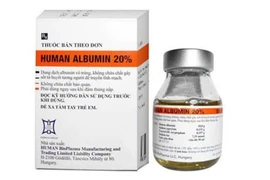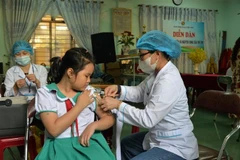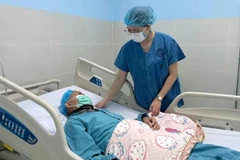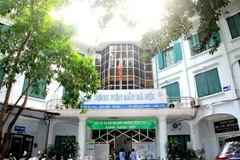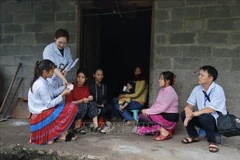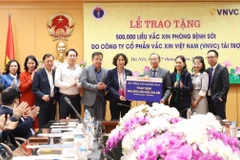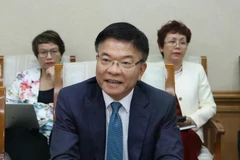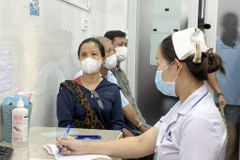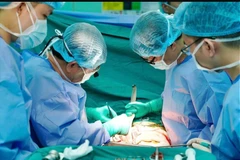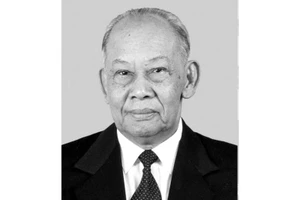Hanoi (VNA) - Theuse of made-in-Vietnam medicines at provincial-level hospitals has risen to35.4 percent since the Ministry of Health initiated an ongoing project named“Vietnamese people give priority to using made-in-Vietnam medicines” in 2012.
The ratio was over 33 percentbefore the project began.
Deputy Minister of Health TruongQuoc Cuong said the project was designed to help national medicine developsustainably in the near future.
A report from the ministrysaid the amount of people using made-in-Vietnam medicines at district-levelhospitals was up from 61.5 percent to 69.4 percent. The percentage in someprovinces reached over 80 percent, including Ninh Thuan, Phu Yen, Lai Chau, LamDong and Long An.
The report also pointed outthat 10 out of 12 vaccines supplied under the National Expanded Programme onImmunisation for Children are made in Vietnam.
Vietnam now has 163factories manufacturing medicines that meet Good Manufacturing Practices of theWorld Health Organisation, the report said.
Tran Viet Tiep, a doctorfrom the Vietnam – Switzerland Hospital in the northeastern province of QuangNinh, said the factories had initially established a network of distribution oftheir medicines in every province and city throughout the country.
The price of made-in-Vietnammedicines was at least 30 percent lower compared to imported medicines,providing a competitive advantage over imported ones, he said.
A representative of a majordomestic drug firm said his company always prioritised selecting qualifieddomestic materials for manufacture. The major materials include Polysciasfruticosa, Cynara scolymus, Glinus oppositifolius and Ipomoea cairica.
The ongoing project targetsthe number of people using made-in-Vietnam medicines at provincial-levelhospitals reaching 50 percent, and district-level reaching 75 percent, by 2020.
To do that, some currentshortcomings have to be overcome, said Nguyen Tat Dat, deputy head of theministry’s Drug Administration of Vietnam.
The shortcomings include alack of specialty drugs and suitable marketing campaigns to introduce domesticmedicines to users.
Therefore, the ministry wasencouraging domestic drug firms to boost co-operation as well as conductin-depth research so that they could manufacture more specialty drugs to servedemand of patients in the future, he said.
Currently, the specialtydrugs we use were mainly imported, he said.
The ministry had alsolaunched a range of programmes to raise public awareness of made-in-Vietnammedicines. For example, a programme named “The way for made-in-Vietnammedicines” introduced domestic medicines via television, radio, newspaper andinternet campaigns.
Additionally, DeputyMinister Cuong said all hospitals were asked to encourage their doctors toprioritise made-in-Vietnam medicines instead of imported medicines whenproviding prescriptions.
Domestic medicine producersshould constantly improve the quality of their products to win the loyalty ofcustomers, he said.-VNA


